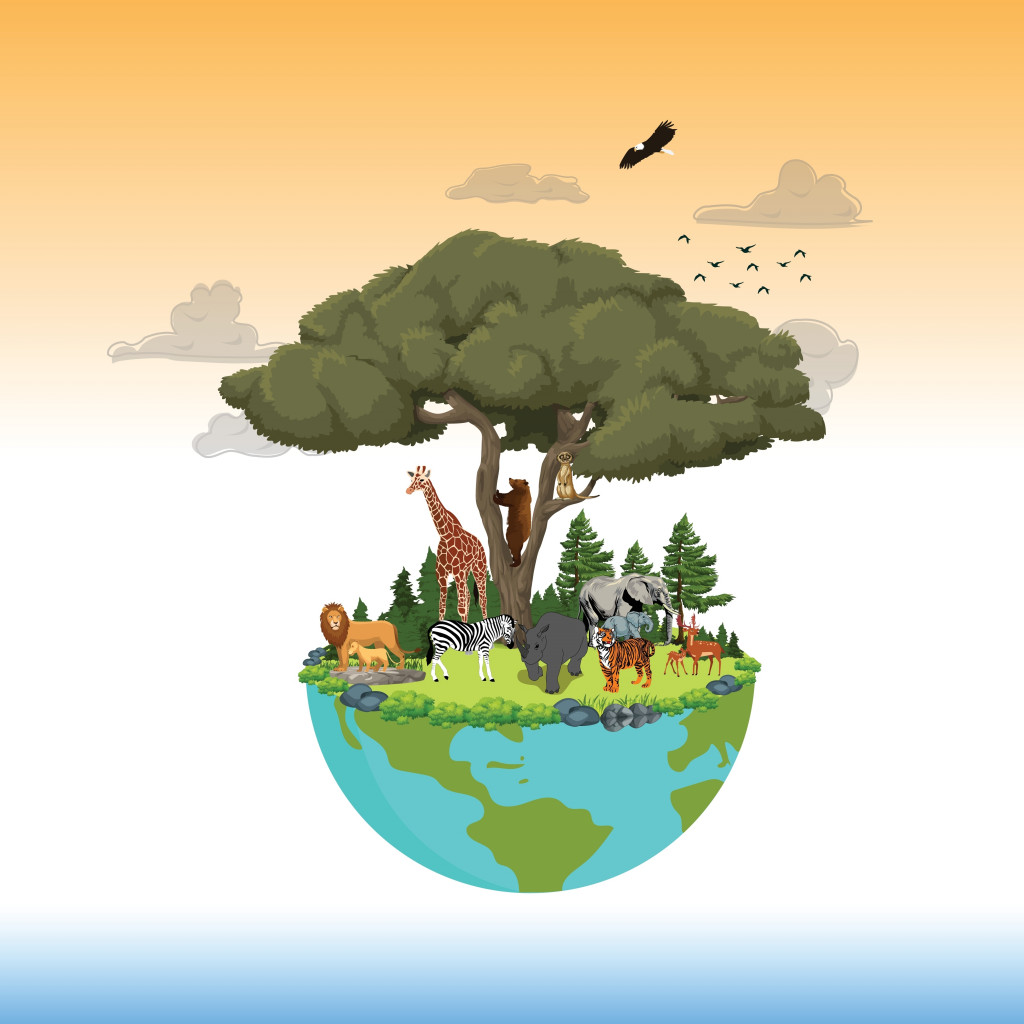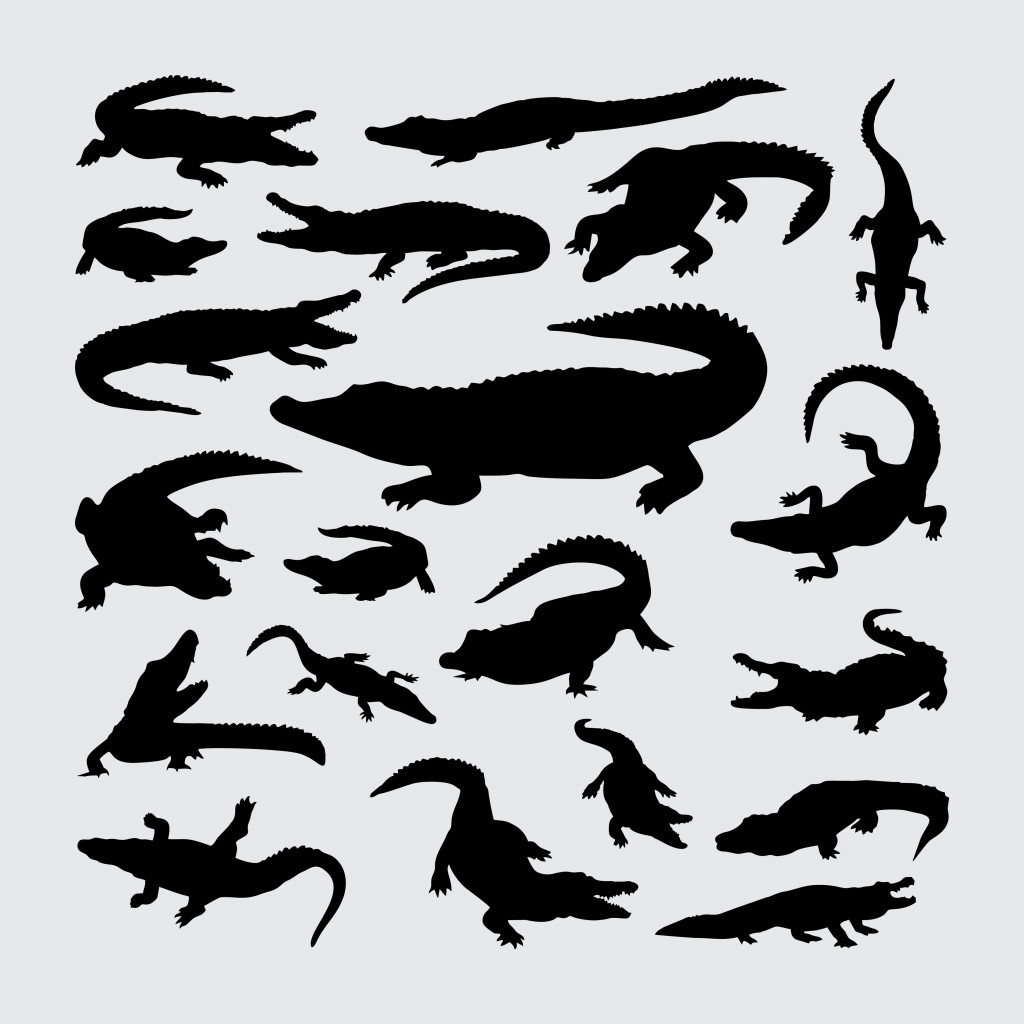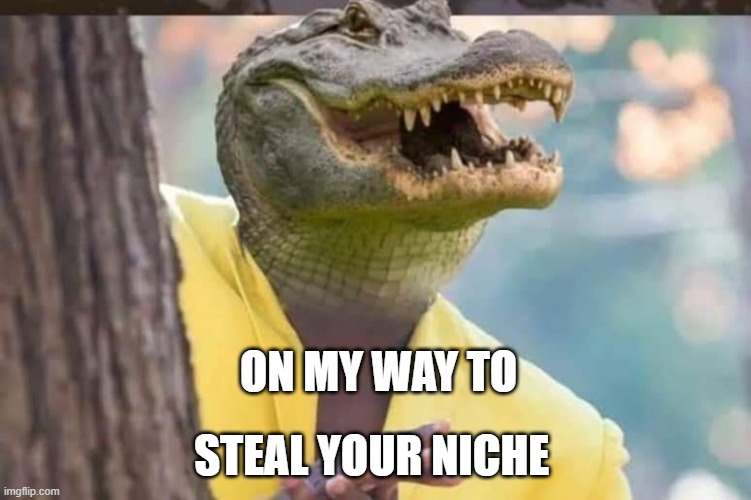Table of Contents (click to expand)
There are only 22 extant crocodilian species in the world today, and they haven’t evolved much for a very long time. According to some scientists, crocodiles and their relatives have undergone punctuated equilibrium; they evolved quickly and then slowed down, so their evolutionary process stabilized.
We are lucky to live in an age of tremendous biodiversity, especially in terms of birds and mammals. There are over 11,000 species of birds and 6,495 species of mammals in the world today.

Mammals first appeared during the early Mesozoic Era. The first mammal appeared in the Triassic Period, originating from the reptilian order, Therapsida.
About 50 million years after the first mammal evolved, from another group of reptilians, the theropods, birds emerged.
After dinosaurs died out, birds and mammals ran the show. Speciation mediated an epic expansion of biodiversity. The late Cretaceous Period, and especially the Cenozoic Era, belonged to these two groups of animals.
However, this article isn’t about them.
(If you do want to read some cool articles about birds and mammals you can find them here and here.)
This article is about crocodilians. Rather, this article will try to explore the lack of crocodilian diversity in the world today.
If you’ve ever watched Jurassic Park and positively lamented about living in an age where there aren’t any dinosaurs, I’ve got the next best thing for you: crocodilians. Gharials, caimans, alligators, and crocodiles all fall under this species classification.
Crocodilians belong to a clade (a group of animals who all share a common ancestor) of animals known as archosaurs. A few dinosaurs and pterosaurs also fall under this clade. The three of these together were the “Ruling Lizards” of the Mesozoic Era. While dinosaurs and pterosaurs have fallen prey to time, some crocodilians have persisted.
Crocodilians are epic windows into the past. They are unflinching in the face of the relentless march of time.
How Many Crocodilians Exist Today?
There are only 22 extant crocodilian species in the world today. Crocodilians have a weird relationship with evolution; more specifically, they haven’t evolved much for a very long time.

The last notable crocodilian evolution took place around 55 million years ago. It was around this time that “modern” crocodiles, Crocodylidae, popped up on the scene. In fact, if we travel back in time to the beginnings of the Jurassic Era, we would find very similar crocodilians on the planet.
This isn’t to say that crocodilians haven’t evolved or are bad at evolution (assuming that “bad” means slow evolution or low species diversity). Quite the contrary.
In fact, early crocodilians evolved at a very rapid pace. Many Crocodylomorphs popped up in the late Mesozoic and early Cretaceous Periods, but before we dig into that, let’s see what a crocodylomorph actually is.
Also Read: Why Earth No Longer Has Animals As Huge As Dinosaurs?
What Are Crocodylomorphs?
Crocodylomorph is the general term for all crocodilians, including any and all ancestors they might have had.
For example, Sarcosuchus is an extinct crocodylomorph that existed in the early Cretaceous Period. Fondly remembered as “Super Croc“, they often reached lengths of over 40 feet! Triassic forms, such as Xilousuchus, were much smaller, around 3 feet in length. These morphs preferred terrestrial niches and ran around like dogs.
The vast variety of past crocodylomorphs remains under-appreciated. There were terrestrial morphs, water-dwelling morphs, and even vegetarian morphs! As we can see, crocodylomorphs of various sizes, habits, and habitats have popped up throughout the past. So why is the current level of crocodilian diversity so low?

The answer lies in their mode of evolution. Crocodilians followed a model of evolution known as Punctuated Equilibrium.
Also Read: What Is A Dilophosaurus?
What Is Punctuated Equilibrium?
In 1972, Niles Eldredge and Stephen Gould came up with a somewhat radical idea—the theory of punctuated equilibrium. They did so as a retort to Darwin’s theory of gradualism. Gradualism posited that evolution was the result of gradual changes accumulated over long periods of time.
Eldredge and Gould disagreed. Rather, they said that there were long periods of time when there were no changes at all. They called these periods of little or no change “stasis”, where not a whole lot happens.
This is not to say that no mutations arose, but any such mutations that accrued underwent homogenization and died out in large populations.
Another facet of this theory is speciation. Eldredge and Gould believed that speciation occurred in tiny bursts of time. Additionally, speciation was accompanied by a rapid change in the relevant environment. This rapid change drove genetic drift, which was then mediated by the reproductive isolation of a small number of individuals from a large population.
Evolution driven by need, in small bursts of time, rather than accumulated changes, is the primary idea of punctuated equilibrium. Let’s explain this with an example.
Imagine a population of crocodiles. This population has lived in a niche of deep-watered rivers for a very long time. This environment has been constant for as long as the population has lived there. The stable environment, in turn, encourages a period of stasis. No evolution is immediately required for the population’s continued survival.

All of a sudden, the environment undergoes rapid change. A part of the river system almost runs dry. A part of the population is forced to live and acclimatize to shallower waters. This part of the original population suddenly experiences isolation from the larger population, which lives in deeper waters. This period of fast-paced change drives a strong level of selection in this new population.
The newer, smaller population undergoes very quick evolutionary changes and speciation begins to occur. The smaller population branches off from the main population and becomes its own new species.
Conclusion
When Crocodylidae evolved, they stumbled upon a sort of “master plan” for a body plan. They developed elongated snouts filled with rows of conical teeth, a long and flexible tail, a protective nictitating membrane to cover their eyes, and a body armored with spines. All these features, like the winning numbers to a lottery, gave Crocodylidae an edge in terrestrial and aquatic niches. They took an “if it ain’t broke, don’t fix it” approach from there.
The genus had reached a point in evolution where no more change was required. At least for a while. Given a stable environment, Crocodylidae would remain on top for a very long time.
In short, modern-day crocodilians are a just product of efficient evolution. They don’t evolve because they don’t have to. Their ancestors stumbled upon a very versatile body plan and simply stuck with it. Modern crocodiles have, in essence, won evolution. Unless driven by extensive change to their external environments, these animals have no need to evolve any further.
Also Read: How Did The Snake Lose Its Legs?
How well do you understand the article above!

References (click to expand)
- De Iuliis, G., & Pulerà, D. (2019). Reptile Skulls and Mandibles. The Dissection of Vertebrates. Elsevier.
- Stockdale, M. T., & Benton, M. J. (2021, January 7). Environmental drivers of body size evolution in crocodile-line archosaurs. Communications Biology. Springer Science and Business Media LLC.
- More on punctuated equilibrium - Understanding Evolution. The University of California, Berkeley
